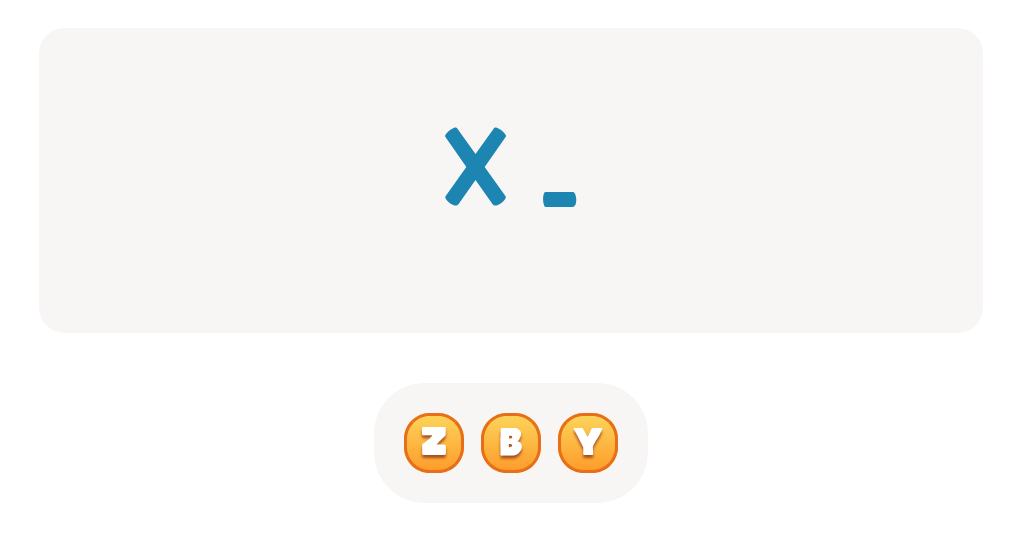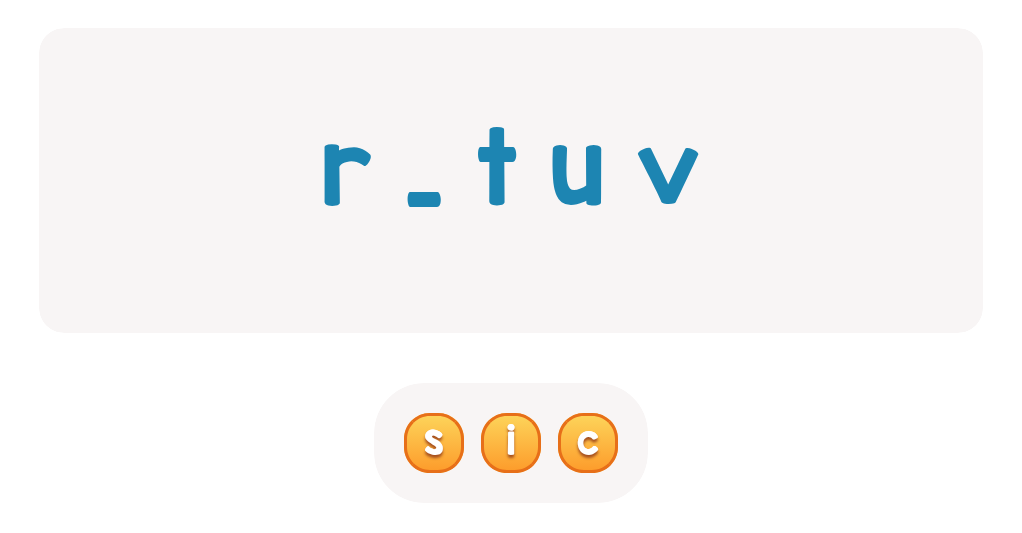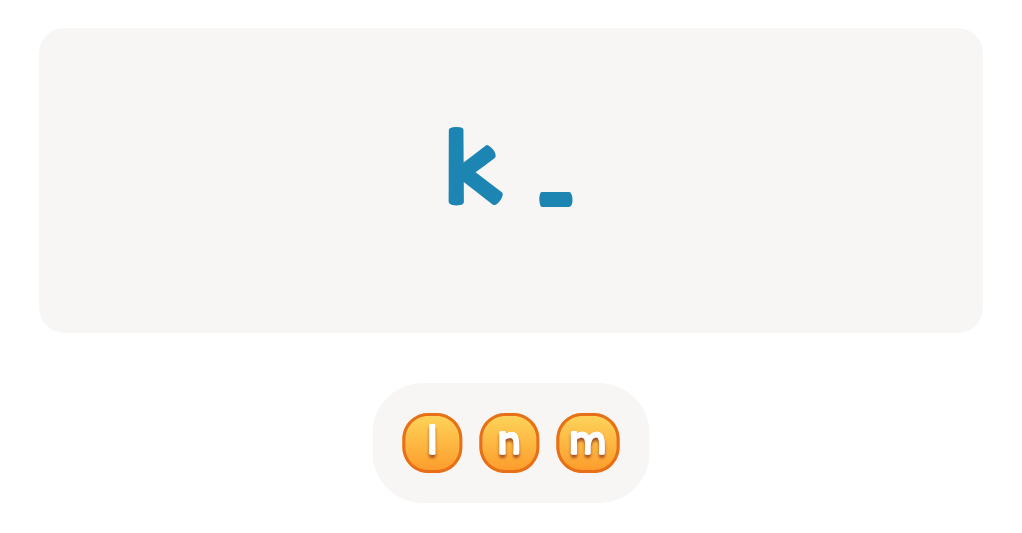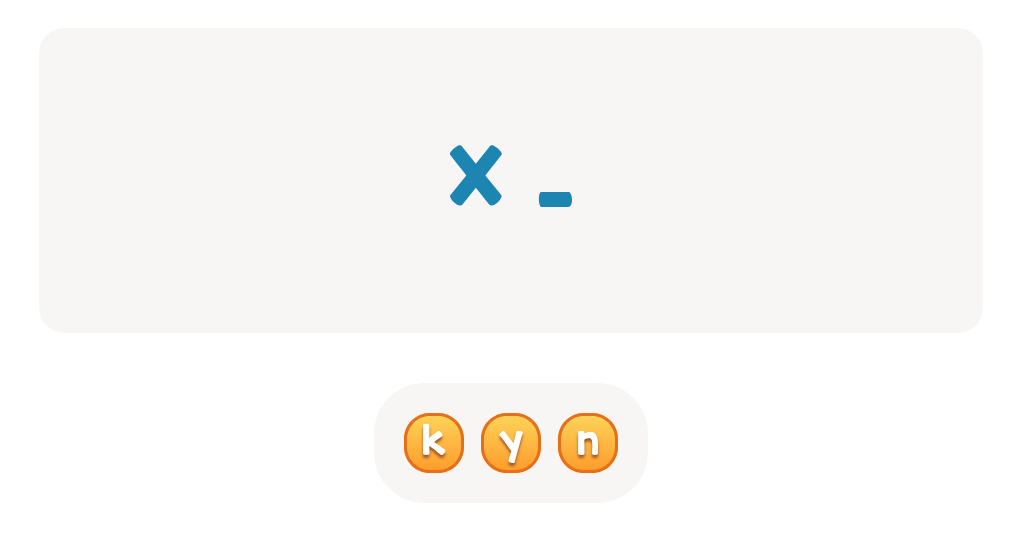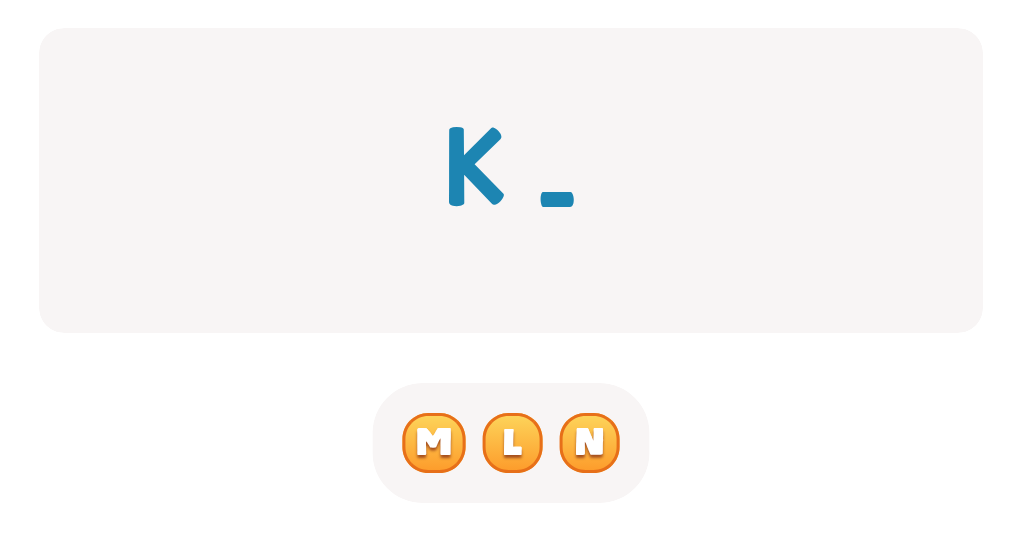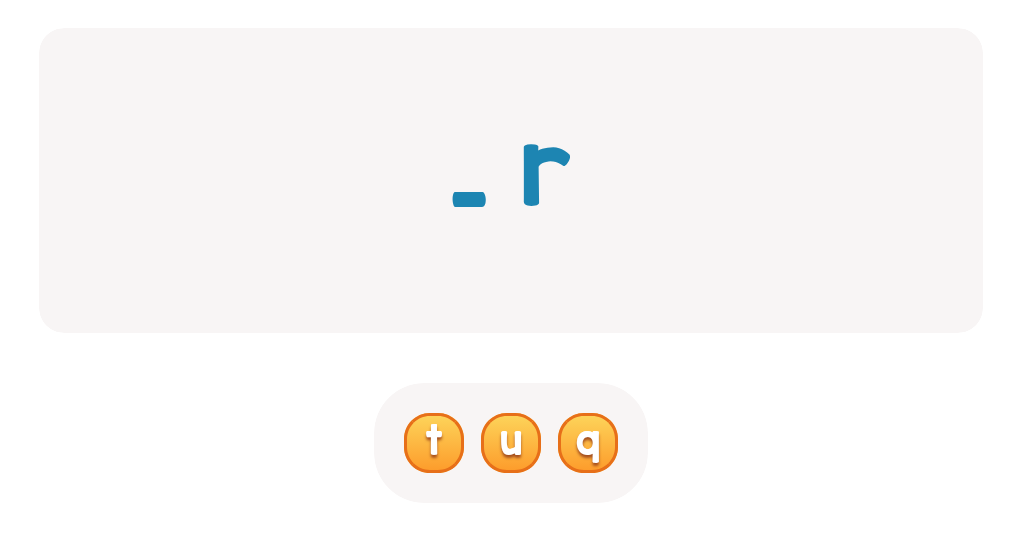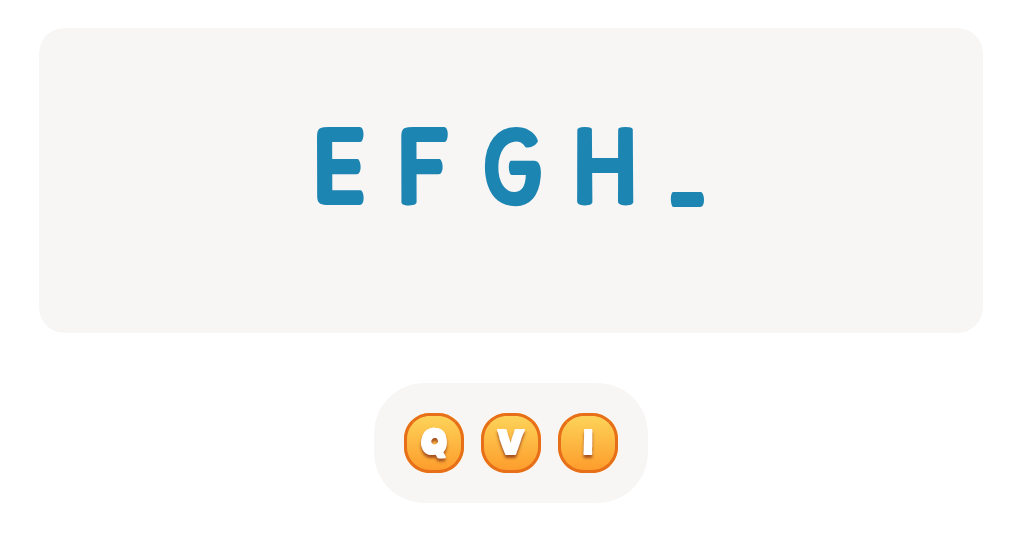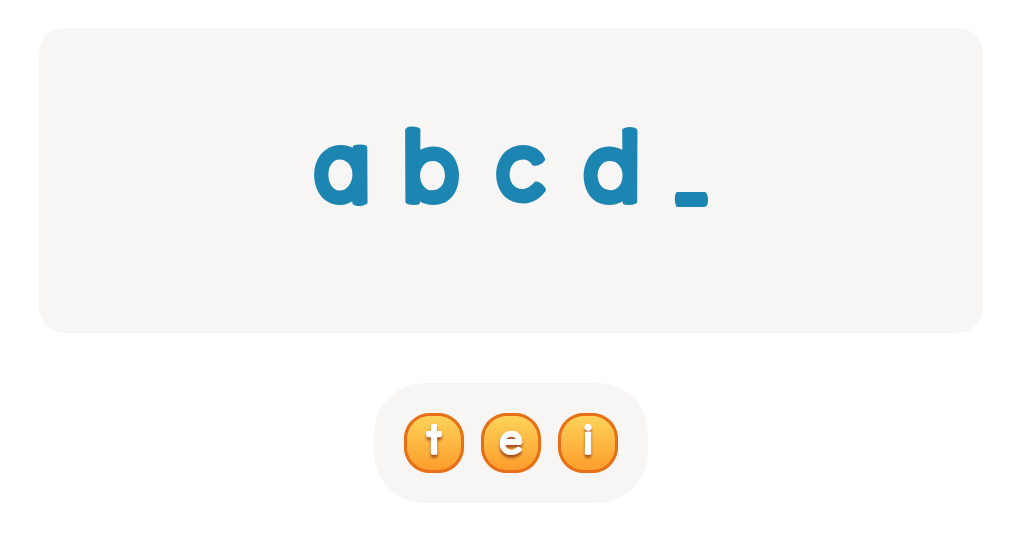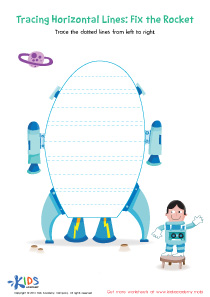Alphabet familiarity Normal Upper & Lowercase Letters Worksheets for Ages 6-7
6 filtered results
-
From - To
Help your 6-7-year-old master the alphabet with our Alphabet Familiarity Normal Upper & Lowercase Letters Worksheets. These engaging and educational activities focus on reinforcing letter recognition and distinguishing between uppercase and lowercase characters. Perfect for early learners, our worksheets provide fun tracing, matching, and writing exercises to build a strong foundation for reading and writing. Your child will love the colorful design and interactive approach, making learning a delightful experience. Boost confidence and proficiency in your young student today with these expertly crafted worksheets from Kids Academy!
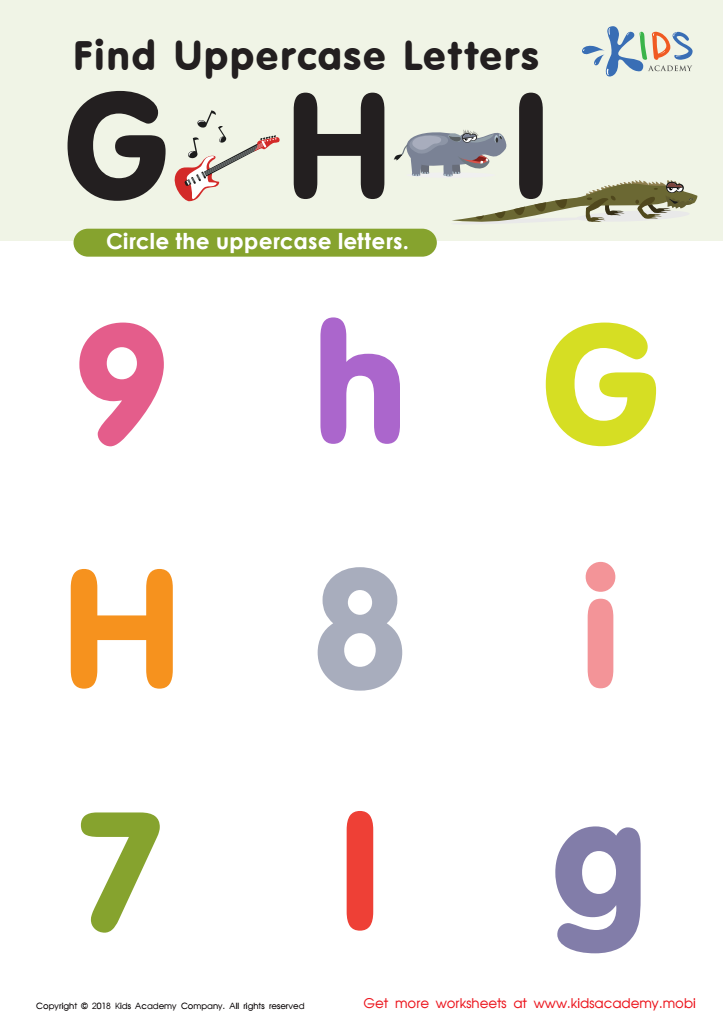

Find Uppercase Letters G, H, and I Worksheet
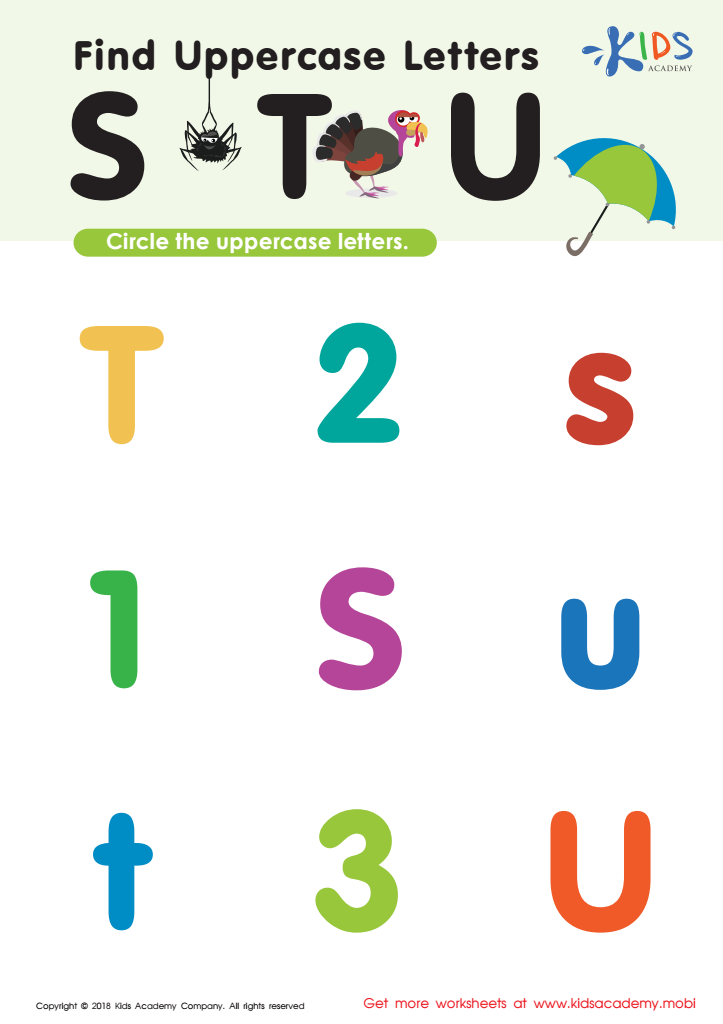

Find Uppercase Letters Worksheet


Find Uppercase Letters J, K, and L Worksheet
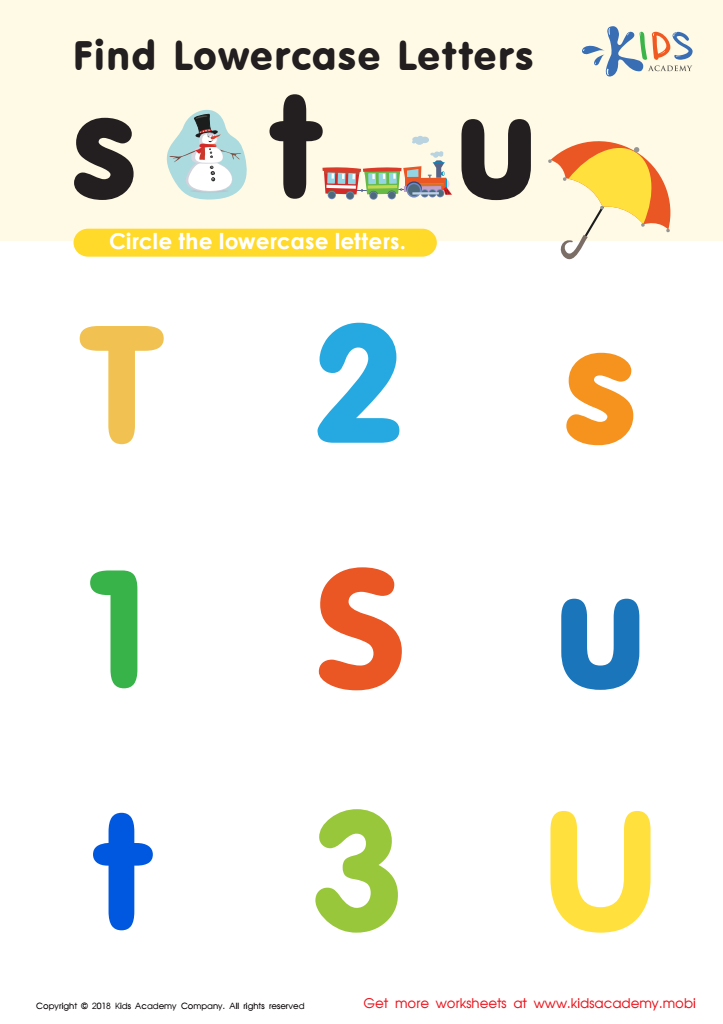

Find lowercase Letters s t u Worksheet
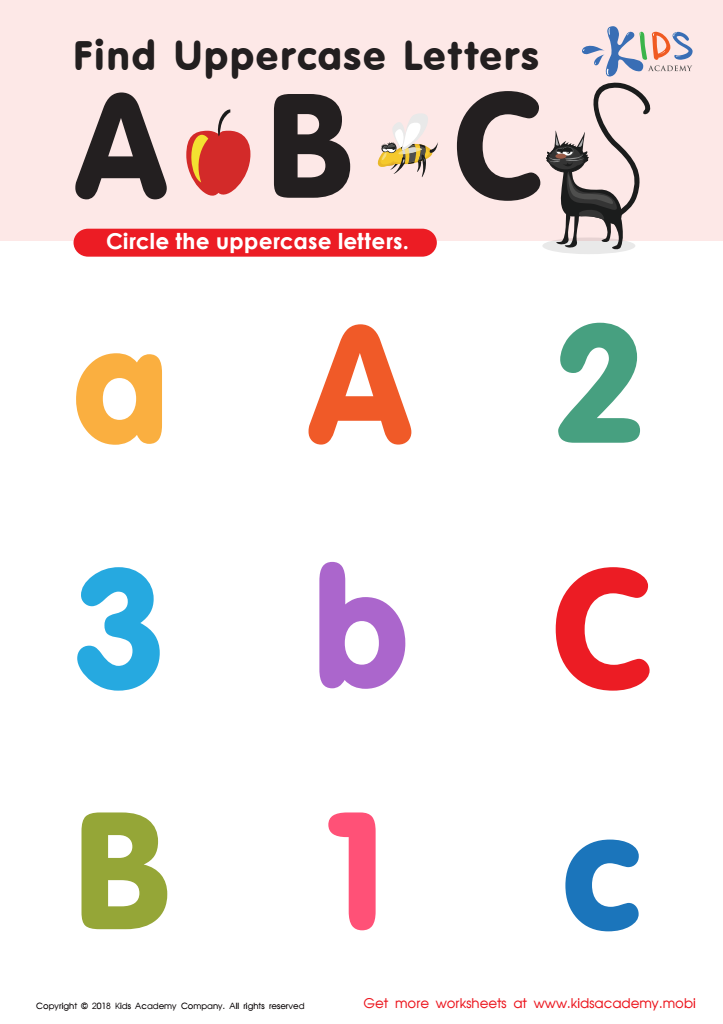

Find Uppercase Letters A, B, and C Worksheet


Find Lowercase Letters v w x Worksheet
Alphabet familiarity, including recognizing both upper and lowercase letters, is crucial for children aged 6-7 for several reasons. At this developmental stage, children are transitioning from recognizing letters individually to understanding how they form words, which is fundamental for reading and writing proficiency.
First, knowing both uppercase and lowercase letters helps in reading fluency. Texts are typically written in a mix of upper and lowercase, so children must recognize and understand both. Familiarity ensures that children can smoothly read and understand sentences and stories, fostering a love for reading.
Second, it aids in writing skills. When kids write, they need to appropriately use uppercase letters to start sentences and proper nouns, and lowercase letters for everything else. Distinguishing between the two and using them accurately is critical for clear, grammatically correct writing.
Additionally, early mastery of the alphabet can boost confidence and encourage further learning. It serves as a foundation for more advanced language skills like phonics, spelling, and vocabulary development. By focusing on both uppercase and lowercase letter recognition, parents and teachers set children up for academic success, making reading and writing enjoyable and less frustrating.
Therefore, ensuring alphabet familiarity has a significant impact on a child’s literacy and overall educational journey.
 Assign to My Students
Assign to My Students
